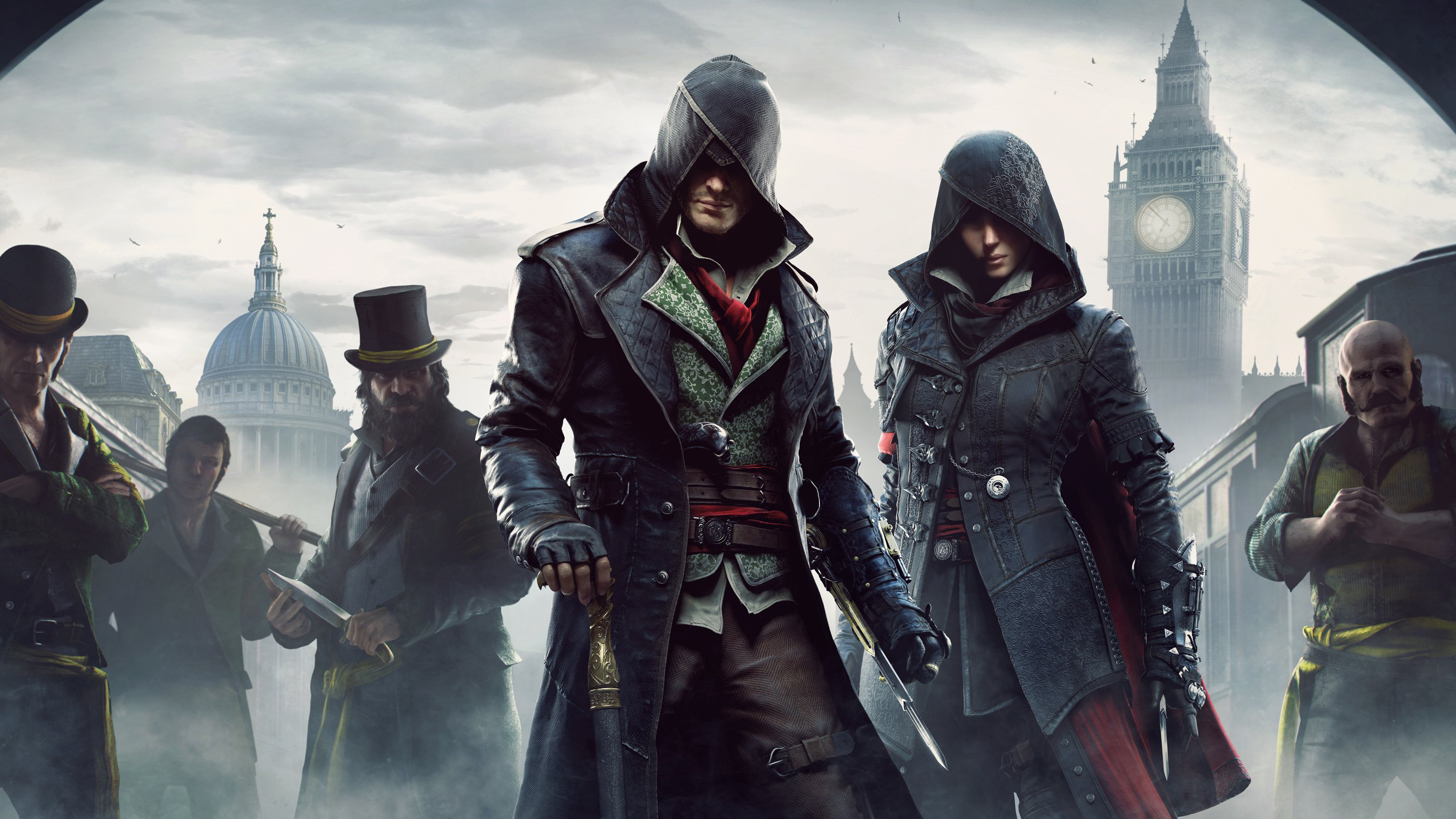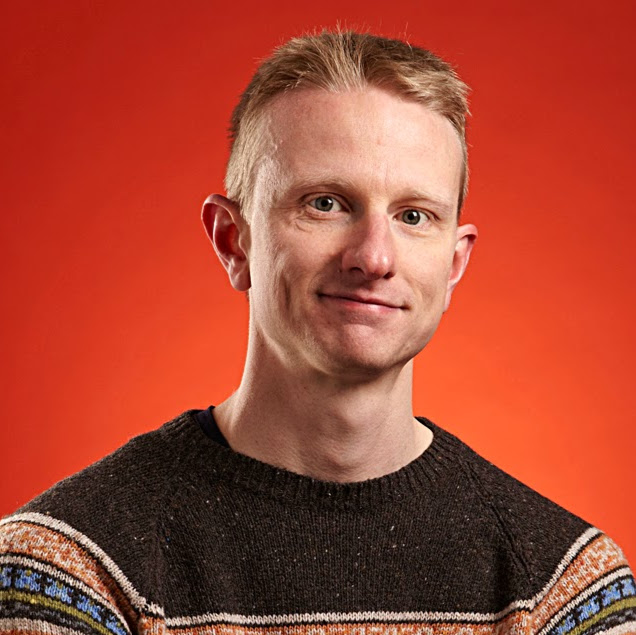The Black Flag team is back for the new Assassin's Creed... here's why that really, really matters
Plus, the story of how a bug became the series' most famous Easter egg
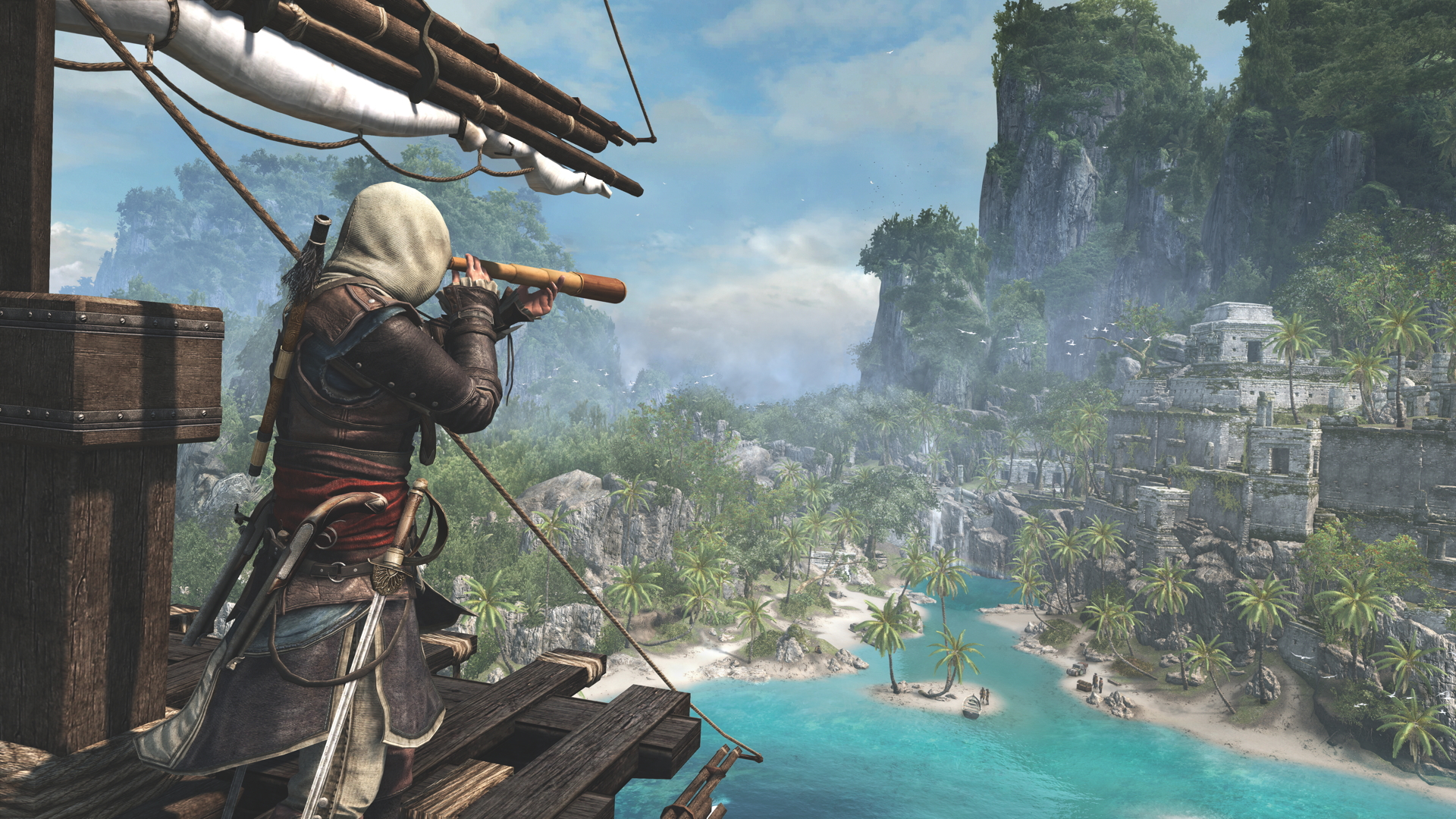
‘Inspired by historical events and characters, this work of fiction was designed, developed, and produced by a multicultural team of various beliefs, sexual orientations and gender identities’. This message, which runs at the start of every Assassin's Creed , started out as a convenient disclaimer for the sensitive subject matter of the original game - the Crusades. Since then it has grown to explain so much more about the spirit and raw process of creating an Assassin’s Creed title. Each entry in the series now has six or seven separate studios working on it, from all corners of the globe. That opening screen feels more like a boast than a disclaimer, now, giving players insight into how Ubisoft is able to create such huge, rich adventures year after year. With Assassin's Creed Origins all set to be revealed at (or before) E3 in June, we revisited Black Flag - the game that seems to share the most similarities with Origins - and our conversations with the team at Ubisoft explaining how each game is made.
When you’re putting together a jigsaw that has its pieces scattered across Canada, France, eastern Europe, and even Singapore, it becomes a challenge just to keep track of everything, let alone meet deadlines and release a coherent game. Back in 2013 there were seven studios working on Assassin's Creed 4: Black Flag. Montreal is the base, the creative nerve centre, while studios like Ubisoft Singapore worked on the naval combat sections and Ubisoft Annecy crafted the multiplayer. What’s the advantage to working like this? Resources. Jean Guesdon, Creative Director on Assassin’s Creed 4: Black Flag at Ubisoft Montreal, explains: “When you give a mandate to a different studio, you know they’re really going to focus on that specific thing. When you’re working as just a single team or even two studios, there’s a tendency to focus on fewer things to make sure your game gets finished. However, when we spread the content out like we do, to our different studios, features that might be considered optional or secondary become a priority to that studio. So that’s great for the overall game.”
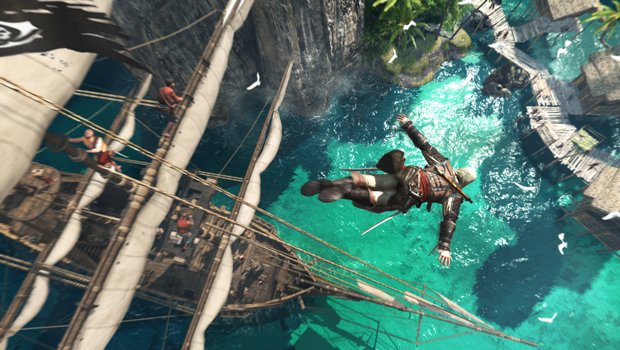
By spreading responsibility for the varied features in the game, Ubisoft can afford to make Assassin’s Creed so diverse. We so often hear development teams say ‘We’d love to do co-op, but we have to focus on getting our story right’ or ‘Yes, spectator mode would be awesome, but we didn’t have time to make it’. By allowing teams like Ubisoft Singapore to create the naval battles in Assassin's Creed 3, Montreal was free to focus on the rest of the game - safe in the knowledge that the naval battles would be up to standard, because it was the sole responsibility of an entire studio.
Not only that, if studios really nail the aspect of the game that they’re working on, it can have a huge impact on the future of the series. Take naval combat for example - Black Flag is built on the idea of sailing and sea warfare, something an associate studio created for AC3. It's now coming back for Origins, after the landlocked cities of Unity and Syndicate. Ubisoft has - roughly speaking - always operated a three year rotation cycle for its Assassin's Creed teams (eg. the AC2 team made AC3 and so on), and Origins is being made by the Black Flag crew, so it just makes sense for some kind of evolution or variation on naval gameplay to appear.
“It’s a great accolade for us,” explains Karl Luhe, Associate Producer at Ubisoft Singapore. “With AC3 we really went for it and tried to create something new. Throughout our collaboration with Montreal we’ve really been building our team and our skills, and with the naval warfare it was pretty clear early on that we’d made something special. So, when it was decided between the studios that Black Flag would have a larger naval component, that was something we were very proud of.”
Naval gazing
It comes as no surprise, given the reaction that other Assassin’s Creed studios had when they first saw the naval warfare in AC3. “When Ubisoft first showed naval warfare at E3 2012, everyone in the crowd was really surprised by it and blown away,” says Damien Kieken, Game Director at Ubisoft Annecy. “We had the exact same reaction a couple of months before E3 when they showed it to us as a gameplay sequence, via the newsletter. Everyone was like ‘That’s amazing’.”
During the development of Black Flag, each studio working on the series received a weekly newsletter, showing off the work being done by everyone else. The content depended on what was happening that week. Sometimes it’s a slick video put together by marketing, sometimes it’s a screen-share from a developer, sometimes it’s concept art or text. Either way, it’s a great way to showcase and share ideas to make sure everyone is working towards the same goals.
Sign up to the GamesRadar+ Newsletter
Weekly digests, tales from the communities you love, and more
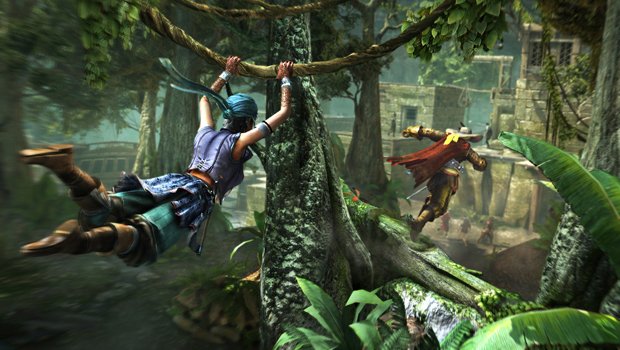
However, a newsletter isn’t enough. At Ubisoft Montreal, there was an entire team dedicated to coordinating the studios. “The biggest challenge with Assassin’s Creed development is to make sure the vision and the priorities are the same all over the globe,” explains Ambre Lizurey, Production Manager at Ubisoft Montreal. “When you work in Montreal and you have the creative direction in one place, it’s easy to walk over to a colleague and ask for some details on a specific aspect of the game. However, when you’re 20 hours away and have a huge time difference, like the team in Singapore, getting immediate answers is a real difficulty. That’s why we created a dedicated team in Montreal to make sure that every studio has someone to ask questions to, and get the answers they need.”
With Ubisoft Montreal taking the lead on all Assassin’s Creed games (Montreal was the only developer on the original game), they ultimately have the final word on whether something is included or not. Does it cause conflict when an associate studio wants to include something, but Montreal doesn’t see a place for it (and vice versa)? “This will always happen,” says Guesdon. “It happens in every project, even when people are sharing the same floor. It isn’t a specific issue that happens when you’re working with multiple studios. It requires the same sort of problem solving - a lot of talk, and getting people around the table to sort out differences.”
Features lost at sea
And has it ever happened? We asked Singapore and Annecy if they’d ever had great ideas cut by Montreal. “We’re always pretty much aligned with Montreal about where we want to go,” says Luhe, speaking for Singapore studio. “It’s never a case of them bringing down a big hammer and saying ‘No, your idea is never going to work’.”
In fact, it often works the other way around. Associate studios will often inspire others to try something new. After seeing the naval warfare sections created by Singapore, the Annecy studio started working out how to integrate it into multiplayer. “It’s the natural reaction - you see it and think ‘Hey, that’d be really cool in multiplayer’,” says Kieken. “However, when we looked deeper into it we came up against many obstacles like how to replicate the physics of the water. The water, for example, is a gameplay tool - it behaves differently, it has physics, you can have rogue waves and things like that. So, it’s something that would need to be replicated perfectly for all players in multiplayer. That throws up all kinds of issues technically and in terms of game design, so it’s one of the things that was studied carefully and dropped.”
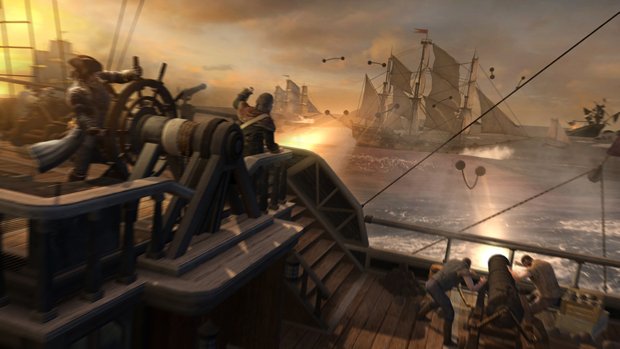
Shame, but let's not forget that Black Flag was developed as a cross-gen game, before the PS4 and Xbox One were actually released. The additional knowledge acquired by developers, along with new tools, could make this a feature we see in the future.
Even with all this advanced communication tech, and the smart systems put in place to make sure all the teams are creating a game that feels properly unified, you’d expect some inconsistencies to slip through the net. And that’s exactly what happened during Assassin's Creed 2.
“I was a game designer on Assassin’s Creed 2, and I wasn’t aware of it,” says Guesdon. “It was an Easter Egg created by Singapore. It was the first collaboration, and Singapore made all the Assassin’s Tombs. Some of the Montreal studio went to Singapore to start the studio - they were made up of people who created PoP Sands of Time and the first Assassin’s Creed - and they created that Easter Egg in secrecy.”
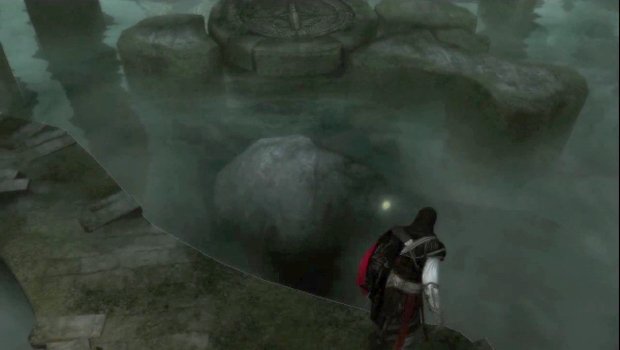
He’s talking about the giant squid that you can find in the Santa Maria della Visitazione Assassin’s Tomb in Venice, if you peer into the water for a few seconds. This Easter Egg is something that very few members of the Assassin’s Creed 2 team were even aware of until it started popping up in videos on YouTube.
“A few of the experts we brought over for AC2 had previously worked in Montreal on AC and Prince of Persia: Sands of Time,” says Luhe when we ask him about it. “It was a long-running joke with AC2 script writer, Corey May, that he wanted to have a giant squid in one of his games, but had never made it happen before. So we decided to slip that into one of our Assassin’s Tomb levels. Montreal knew about it before it was released, but they didn’t know we were working on it. It was quite fun. We created it as a bug, sent it over to them and asked them to check it out, and they immediately got the joke and everyone enjoyed it.”
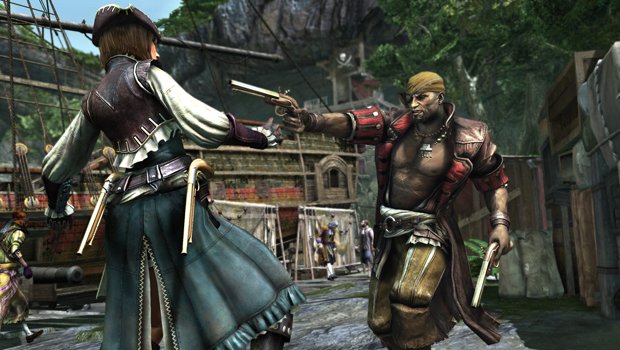
There’s little doubt that the multi-studio development of Assassin’s Creed has made the series an impressive technical showcase. Yes, Assassin’s Creed 3 feels bloated, but never incoherent, and Unity is filled with inconsistent ideas and redundant features - these are likely a mixture of issues that arise from the process of creation and failed experiments and design decisions by the creatives themselves. Generally speaking, having so many talented people to manage throws up a massive bunch of logistical problems, but it also means you can make bigger, better games more frequently.
Guesdon reflects on the process: “Creating a game is hard. Creating a game when you’ve got multiple teams around the world is even harder. But I think we’re doing a pretty decent job with Assassin’s Creed. We use as many channels of communication as possible, we use networks, video calls, physical visits. It’s not easy, but as long as you have good people, then anything is possible. It makes me feel that Assassin’s Creed - as a game - is much greater than the sum of its parts.” That's certainly true, and we've got everything crossed that Origins brings the prestige and polish back to one of gaming's most interesting, technically accomplished, and entertaining franchises of all time.
This feature contains material from interviews conducted in 2013 around the release of Black Flag.
